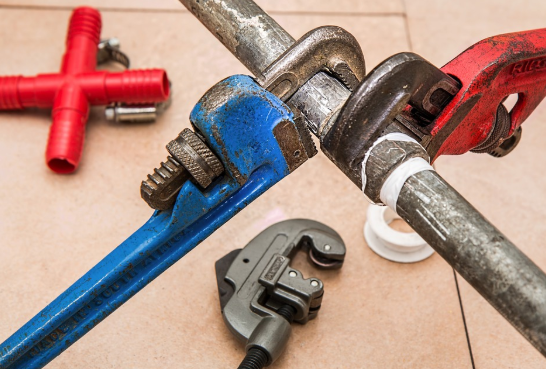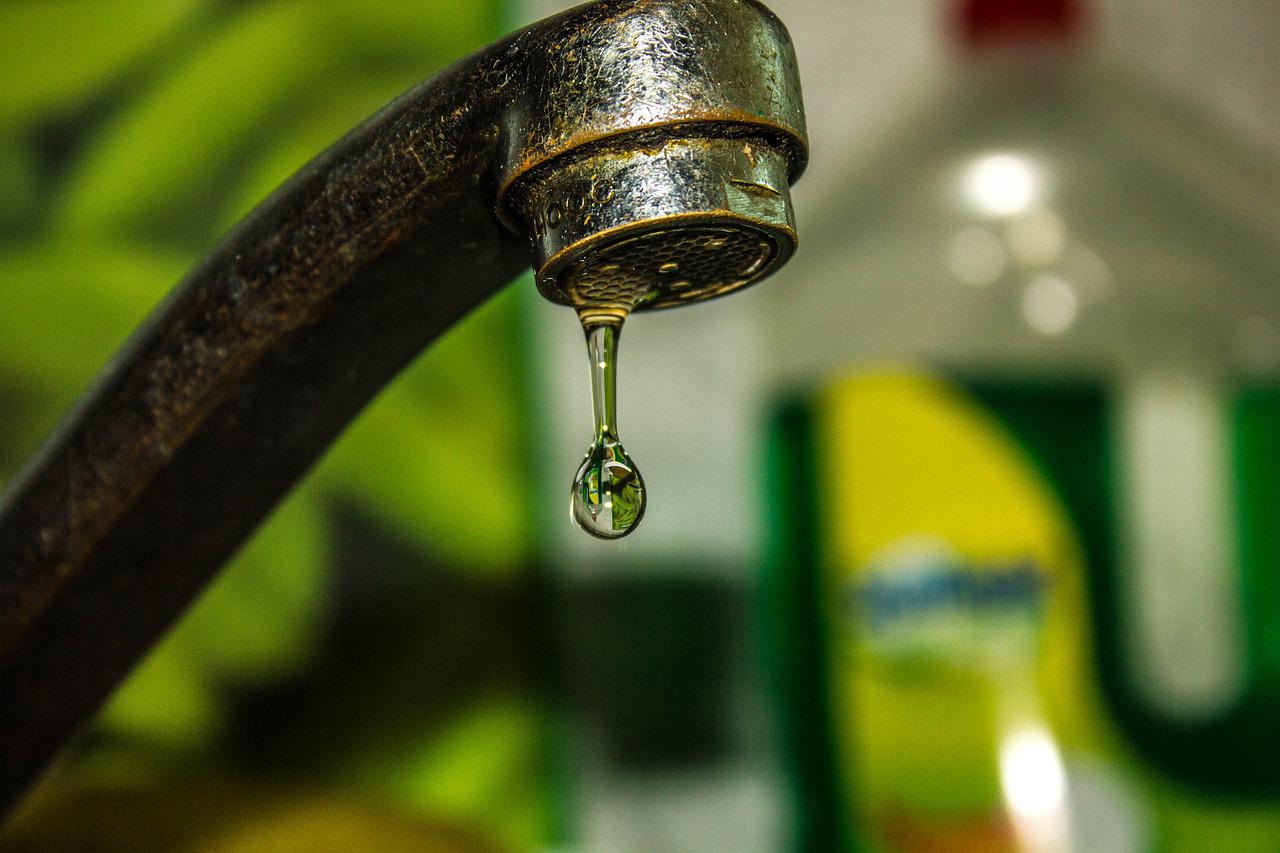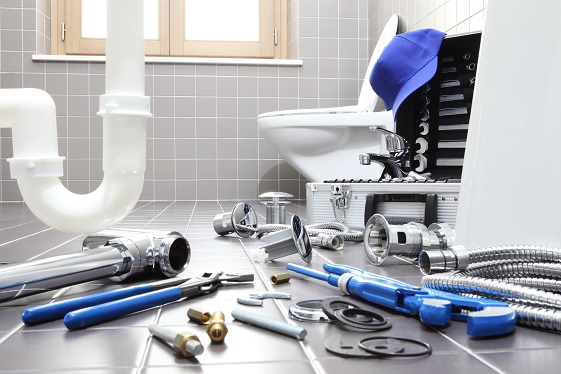One of the most challenging parts of a new home construction project is figuring out how the plumbing works, starting from water lines and going all the way up to venting. In addition, new home projects are often at a different altitude than an old one, which can make for additional plumbing difficulties. An experienced plumber at Sarkinen Plumbing can take some of the difficulty out of this process and makes the job much easier for the homeowner. These new home construction projects must be done right, or else they can cause some major problems. Here are five tips for new home construction plumbing.
Consider installing plumbing for water softener system
A water softener is considered one of the most important parts of your new home construction project. Why? It doesn’t just remove mineral build-up in the pipes but also removes any chlorine, making the water taste better. Also, it reduces general hard water spots on your faucets. Even though you can get a water softener system for around $300-$400, it’s well worth the investment to increase the life of your pipes for many years. This will also help increase the value of your home and prospective buyers because of the water softener system that ensures that you have clean drinking water.
Make sure that the main water shut-off valve is accessible
If you’re building a new house, make sure the main water shut-off valve is accessible. By establishing a separate shut-off point for the water source, if there’s a pipe burst in one area of the house, it won’t flood your entire home. In addition, having a shut-off valve located at an accessible point in the house will ensure that you can shut the water off in case of an emergency. Most home buyers require that the main water shut-off valve be placed within reach. Plumbing codes also require that you keep the main water shut-off valve in plain sight and within reach.
Direct your sump pump discharge line away from your home
A sump pump is a great way to remove excess water from your basement as a result of heavy rains, as it offers a non-mechanical solution. However, if it’s not positioned correctly, it can cause damage to your home’s foundation. Therefore, it’s best to run the sump pump discharge line along the outside of your home, out of sight. If you do not want the sump pump discharge line running along the exterior of your home, make sure it’s accessible for inspection or maintenance. This will help prevent damage to your foundation or pipes during heavy rains.
Centralize plumbing in the basement or lower level
If you’re building a new home, it’s best to locate plumbing and other utilities in the basement or on the lower level. Why? It makes for easy access and maintenance. It’s not only convenient to have plumbing and other utilities located on a lower level, but it’s also a much safer spot. In addition, to convenience, it will also lower the risk of flooding to your home in case of a burst pipe in your basement.
Choose the best place to install your water heater and furnace
You want to choose the best place to install both your water heater and furnace. First, you should look for a location that regularly provides easy access to the unit—an ideal location for your water heater in the basement. If there’s not enough room or your water heater in the basement, locate it on the lower level. It’s best to place your furnace on an outside wall or in an alcove. This will allow you to change out the anode rod, drain and check/change elements as needed. A furnace can be installed in either the basement or inside a closet, but ideally, you should install them outside, away from living spaces like bedrooms, to reduce noise levels and increase air quality. This will also help minimize air pollution emitted by furnaces and water heaters.
As you consider plumbing options for your new home, you want to hire a qualified plumber who can help you make the right decisions. You also want to find a plumber with experience, as this will allow them to identify any issues during the building phase of your home. In addition, a plumber will be able to assess the plumbing needs of your home, including the water heater, furnace, water softener, and sinks. Again, this will help you make the best decisions for your new home.








